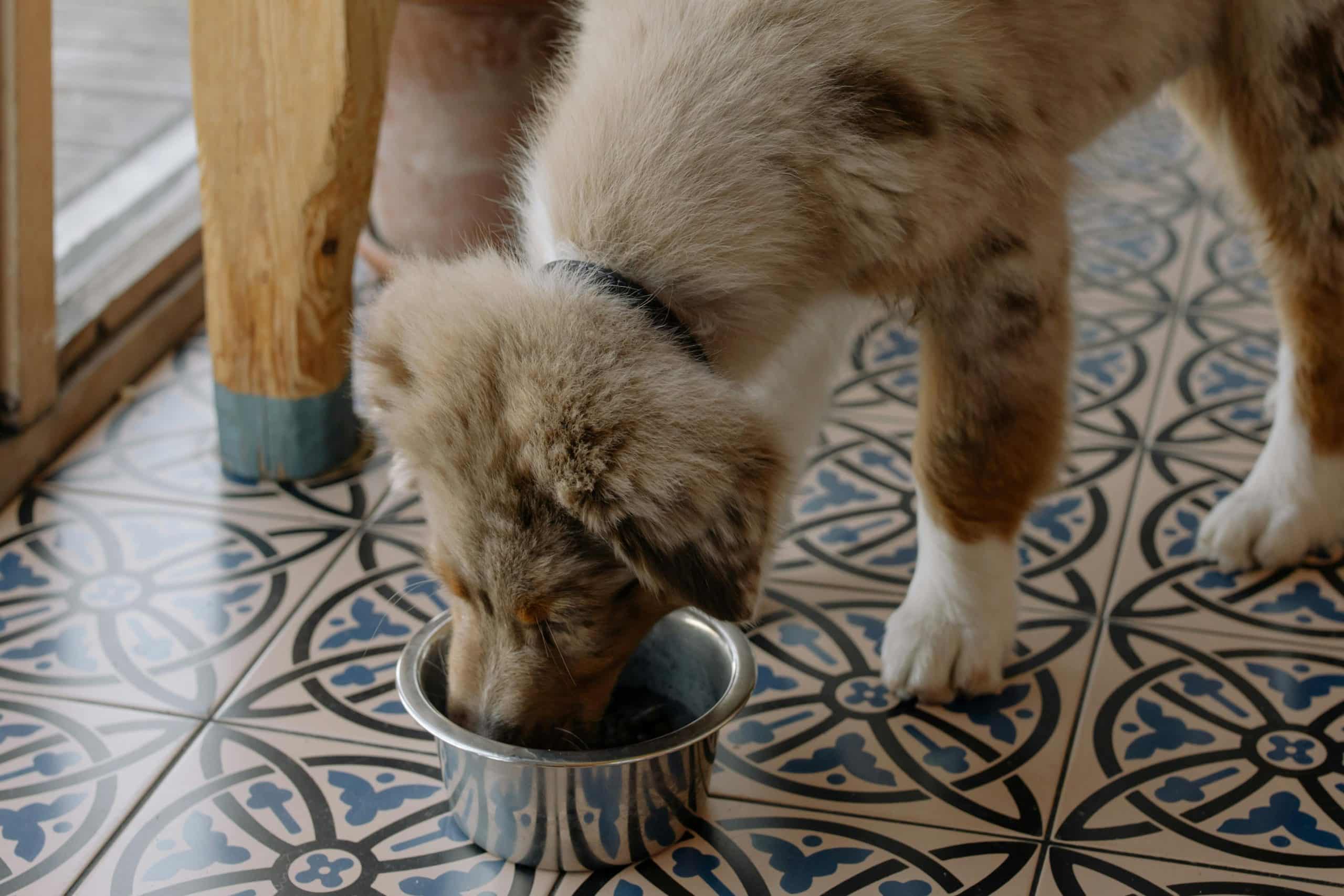How to Create an Optimal Recovery Environment for a Dog After Orthopedic Surgery?

Orthopedic surgery can be a challenging time for both pups and their owners. Your pet’s wellness is top priority and you’re left with the task of ensuring a pain-free, comfortable, and safe recovery. It’s essential to understand that the time taken to heal post-surgery varies based on the dog’s age, overall health, and the type of surgery performed. This article aims to guide you through the steps needed to create an optimal recovery environment for your dog after orthopedic surgery.
Understanding the Importance of Post-Operative Care
The immediate post-operative phase is a crucial time for your pet. During this period, your dog’s body is working hard to repair surgical incisions and adapt to any new hardware, such as screws or plates, that may have been added. This can be a painful and uncomfortable time for your pet, and proper care can make all the difference in their comfort and the speed of their recovery.
Sujet a lire : What’s the Ideal Diet for a Dog with EPI (Exocrine Pancreatic Insufficiency)?
Discuss your pet’s post-operative plan with the veterinary team before the surgery. This should include information about pain management, physical therapy, nutritional needs, and any restrictions on their activity. Understanding the specific needs of your pet post-surgery will help you create the ideal environment for their recovery.
Creating a Safe and Comfortable Space
Following orthopedic surgery, dogs will likely have mobility challenges, making the safety and comfort of their environment paramount. A key aspect of post-operative care includes providing a safe, quiet space for your dog to recuperate. This may involve using a crate to restrict movement and prevent injury.
Lire également : How to Develop a Consistent Grooming Schedule for a Dog Breed with Fast-Growing Nails?
A padded, easy-to-clean crate can provide a secure space for your pet. Be sure to keep the crate in a low-traffic area of your home to minimize disturbances and stress. If your dog is not crate trained, a small, enclosed area with a gate can also work.
You can also use pillows or blankets to support your pet’s body and reduce pressure on the surgical area. Dogs undergoing orthopedic surgery will benefit from this added comfort, helping to promote faster healing of the surgical incision.
Monitoring Your Dog’s Food and Water Intake
Maintaining a proper diet post-surgery is crucial for your dog’s recovery. Your vet will likely provide specific dietary instructions to follow. Monitor your dog’s food and water intake closely, as changes in appetite can indicate pain or discomfort. Remember, a properly nourished body recovers more quickly.
A balanced diet high in protein will help to repair tissue and speed up recovery. Some vets may recommend a special recovery food that is easy to digest and packed with essential nutrients. Be sure to keep fresh water readily available and easily accessible.
Keeping Your Dog’s Activity Levels In Check
It’s important to strike a balance between rest and gentle activity during your dog’s recovery period. Too much activity can potentially harm the incision site or impact the repair work done during surgery. However, too little activity can lead to stiffness and muscle loss. Your veterinary team will provide guidance on the appropriate level of activity for your pet post-surgery.
If the surgery has been performed on a limb, your vet may recommend gentle movement exercises to help strengthen the muscles and keep the joints flexible. When your dog is ready, short, controlled walks can help to gradually rebuild strength and stamina.
Managing Pain and Observing Healing Progress
Proper pain management is crucial in the post-operative stage. Your vet will prescribe medication to help manage your dog’s pain. Follow the prescribed dosage and schedule strictly. It’s equally important to monitor your dog’s behavior for signs of discomfort, such as whining, restlessness, or loss of appetite, as these can indicate pain.
Finally, keep an eye on your dog’s surgical incision, checking it daily for signs of healing or potential complications. Look for excessive redness, swelling, or discharge, which could indicate an infection. If you notice anything unusual, contact your vet immediately.
Creating an optimal recovery environment for your dog after orthopedic surgery involves careful planning, monitoring, and lots of patience. With the right care, your pet will be back on their paws in no time.
The Importance of Follow-Up Vet Visits and Adherence to Medications
Post-orthopedic surgery, your vet will set regular follow-up appointments to monitor the healing process. These visits are essential to ensure that your dog is recovering well and to adjust the treatment plan if necessary. During these appointments, the vet will check the surgical site, assess the level of pain and discomfort, and evaluate the progress in your dog’s mobility.
Your dog will most likely be given pain medication after surgery, which is crucial for their comfort and wellbeing. These medications can also have an anti-inflammatory effect that aids in the healing process. Ensure to follow the prescribed dosage and schedule strictly. Never adjust the dosage without consulting your vet first, even if your dog seems to be in pain. Overdosing can lead to serious complications, while under-dosing may not provide the necessary relief.
If your dog has undergone a TPLO surgery, it is crucial to adhere to the TPLO recovery timeline. This will involve strict crate rest, as well as a gradual reintroduction to movement and exercise. Adhering to this timeline will ensure an optimal recovery and reduce the risk of re-injury.
General Anesthetic and Its Effects Post-Surgery
Many orthopedic surgeries require the use of a general anesthetic. While this is crucial during the operation, it can have lingering effects in the days following the surgery. Some dogs may experience mild nausea, dizziness, and disorientation after anesthetics, which can affect their appetite and general behavior.
In the days following the surgery, your dog may seem a little “off” or not quite themselves. This is normal and should subside over time. Keep a close eye on your dog during this period to monitor for any unusual behavior or severe side effects. If your dog seems excessively drowsy, lacks coordination, or has a loss of appetite that lasts more than a day or two, contact your vet immediately.
Conclusion
Creating an optimal recovery environment for your dog after orthopedic surgery is a multifaceted process. It requires careful attention to their physical comfort, nutritional needs, and pain management. Regular vet visits and strict adherence to the prescribed medications play a crucial role in the recovery process.
Understanding the lingering effects of general anesthetic can also help you better care for your dog in the critical days following surgery. With patience, dedication, and the right care, your dog will be back on their paws, enjoying their favorite activities before you know it. Remember, every dog recovers at their own pace, and as their guardian, your supportive presence is the best comfort they can have.
